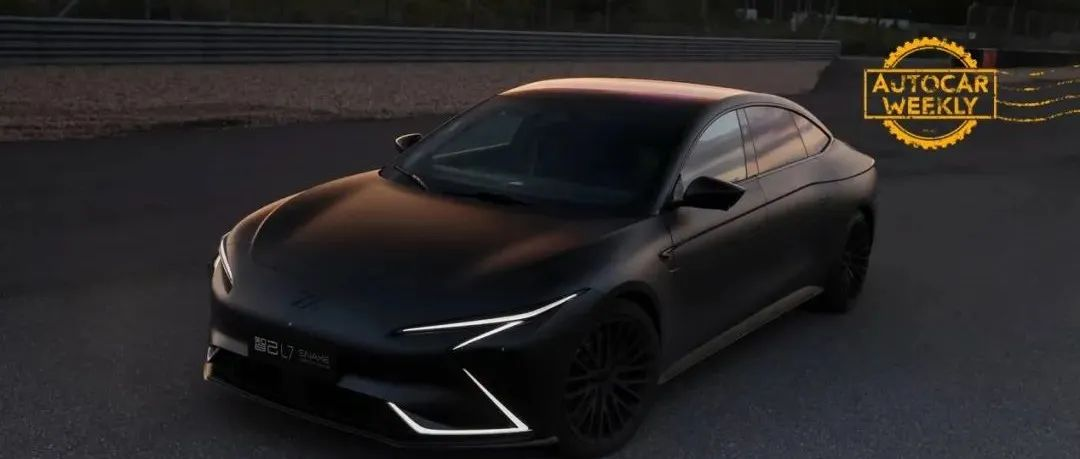SmartCar L7 SP Performance Version Runs a New Lap Record on the Zhejiang International Circuit
By Joey
Something interesting has just happened in the world of pure electric cars.
SmartCar’s newly released L7 SP performance version has just set a lap record of 1 minute 42.212 seconds on the Zhejiang International Circuit.
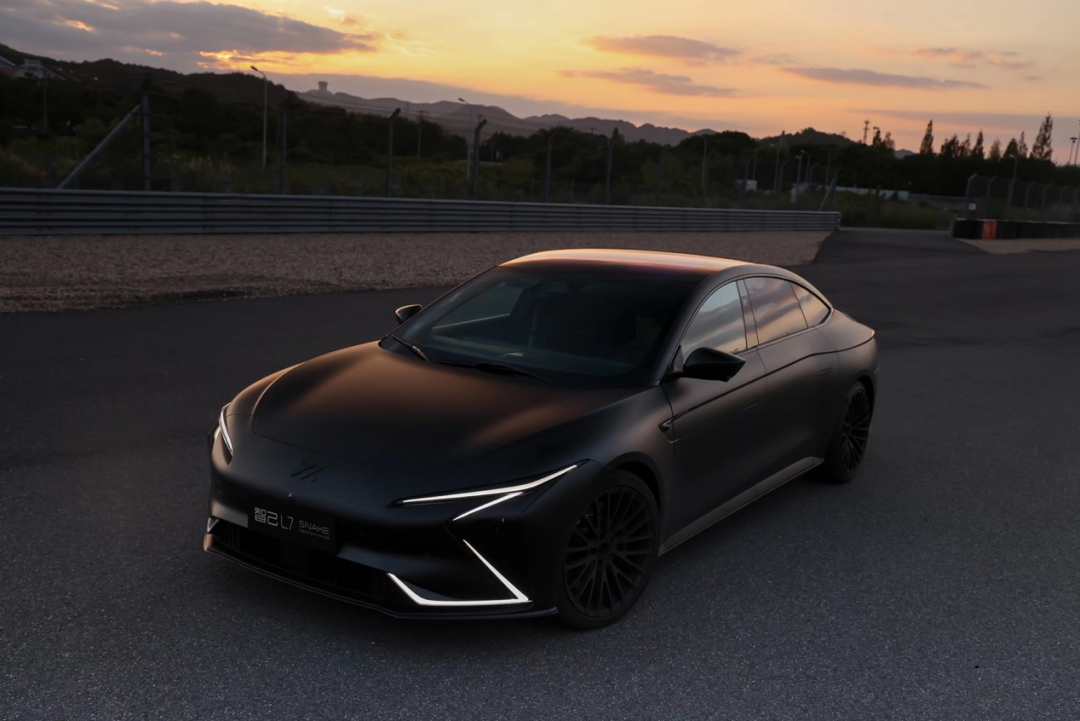
What does this lap record represent?
Let me put it this way: neither Mercedes-AMG EQS nor Porsche Taycan Turbo S, both having run the lap on the same track, had beaten this record. Let alone those traditional luxury brands that still use internal combustion engines to show off their performance products.
In fact, this is not the first breakthrough for the SmartCar L7 in terms of performance. Earlier this year, the L7 broke the Guinness World Record for “Longest Drift by an Electric Car” set by Porsche Taycan at the Tiantan Mountain Circuit in Shanghai.
But it should be noted that at the time of the drift challenge in the first half of this year, SmartCar only presented the L7 Pro and Dynamic versions that were more biased towards daily use. Whereas, in this latest challenge at the Zhejiang International Circuit, the L7 SP performance version, aimed to push the limits of performance, was used.
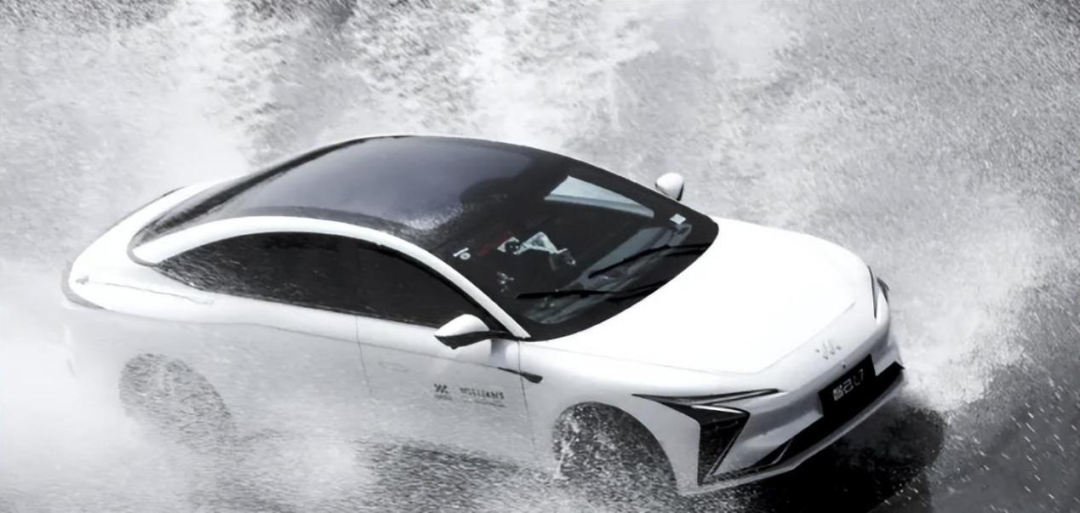
Obviously, this demonstrates that SmartCar has already identified all the performance labels of its own and intends to find a more certain, rare, and unique performance route for L7, beyond intelligence.
Now the question is, what kind of road is the performance road? And what can we tell from this lap record on the Zhejiang International Circuit?## What do racetracks and performance mean?
The question of what racetracks mean for performance cars is actually quite easy to answer.
Firstly, it represents how far an automotive brand has gone down the line of performance, how well they have done it, and if they have the ability to continue going.

More importantly, racetracks are the litmus test for facing data.
For instance, in August of this year, the Porsche Taycan Turbo S successfully surpassed the Model S Plaid and became the “fastest mass-produced electric car” around the Nürburgring Nordschleife with a time of 7 minutes and 33.35 seconds.
You should know that from a data perspective, the Taycan with integrated horsepower data of 762 horsepower pales in comparison to the 1020 horsepower Model S Plaid. It is absolutely unimaginable for you to understand that it is actually Porsche that has more power, by only looking at the configuration table.
Therefore, data is essential, but it is not everything. The overall vehicle tuning and specific calibration for a particular racetrack are what truly demonstrate a car’s potential for achieving better results in special circumstances.
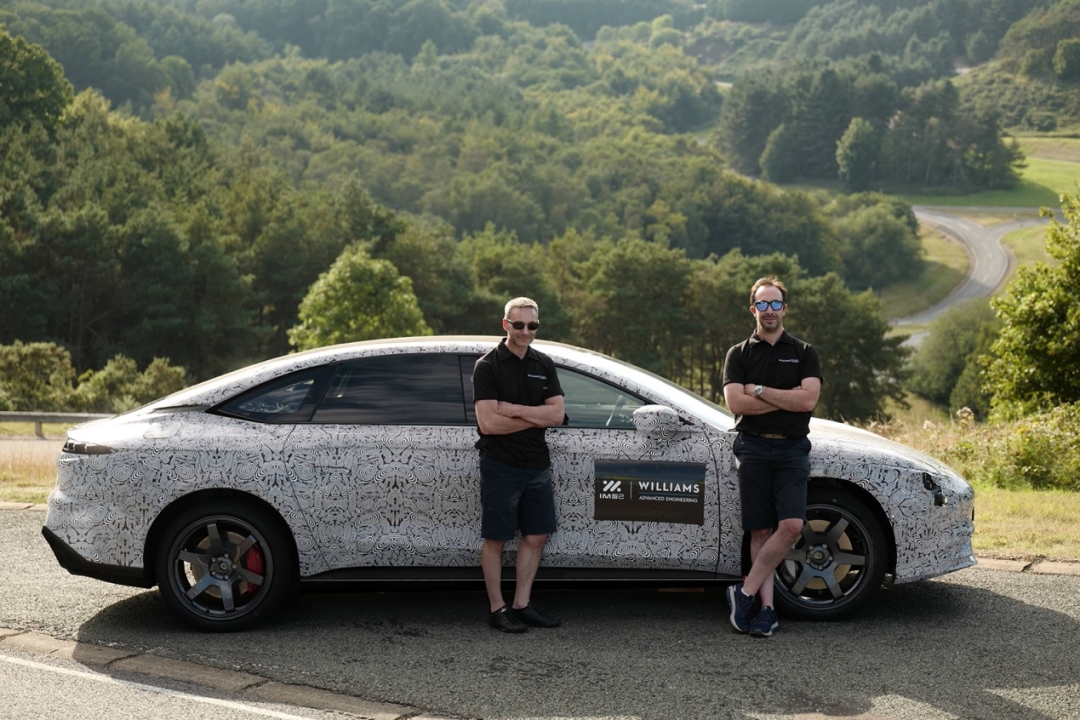 So now let’s take a look at the IM L7, which actually had a very clear performance stamp from the very beginning when the regular version was launched. For example, the 0.21Cd sports car-level drag coefficient and the chassis tuned by Williams Advanced Engineering team throughout the UK driving process, are all about the comprehensive driving control ability this car can demonstrate in daily driving.
So now let’s take a look at the IM L7, which actually had a very clear performance stamp from the very beginning when the regular version was launched. For example, the 0.21Cd sports car-level drag coefficient and the chassis tuned by Williams Advanced Engineering team throughout the UK driving process, are all about the comprehensive driving control ability this car can demonstrate in daily driving.
Today, the IM L7 SP Performance Edition was officially launched on November 1st, and it comes in two models: L7 Snake Performance Lite and L7 Snake Performance.
On the basis of the previous version, this version of the model represents the issue of how far IM can really explore the electric car’s driving control level.
The IM L7 SP Performance Edition was developed by the IM Motorsports Department IM Motorsport, and on the basis of the regular version, it is equipped with the Snake Performance exterior performance kit, which optimizes the aerodynamic performance and helps to create better vehicle dynamics performance under a more optimal drag coefficient.
How good can this dynamic performance really be?
For example, on the most demanding turns that can best reflect a car’s rapid performance, the IM L7 SP Performance Edition can provide a lateral stability G value of 1.19G. It’s worth noting that even the Porsche Taycan can only reach 1.2G.
The emergence of this data is certainly due to the structure of the electric car first and foremost. A larger and more evenly distributed chassis battery structure can bring a lower center of gravity and more balanced vehicle weight distribution, allowing the vehicle to have a more coordinated, smooth cornering ability and body-following performance.
 Simply put, better handling performance is also derived from better support and accessory assistance. For example, the Öhlins high-performance racing suspension system can automatically switch between 20-50% damping; the Endless racing-grade high-performance brake pads can withstand temperatures of up to 750 degrees Celsius and achieve a friction coefficient of 0.47, greatly reducing thermal attenuation; and the front six / rear four-piston high-performance brake calipers can provide better adaptability on high and low roads, as well as efficient braking efficiency, providing more agile and stable performance support for every limit operation, for the performance version of IM L7 SP.
Simply put, better handling performance is also derived from better support and accessory assistance. For example, the Öhlins high-performance racing suspension system can automatically switch between 20-50% damping; the Endless racing-grade high-performance brake pads can withstand temperatures of up to 750 degrees Celsius and achieve a friction coefficient of 0.47, greatly reducing thermal attenuation; and the front six / rear four-piston high-performance brake calipers can provide better adaptability on high and low roads, as well as efficient braking efficiency, providing more agile and stable performance support for every limit operation, for the performance version of IM L7 SP.
In short, these data will help the performance version of IM L7 SP achieve a longer full-speed running time on every straight road, and a shorter and more efficient braking distance with stable vehicle posture for entering curves, to ensure a better cornering acceleration experience.
This is the effort that the performance version of IM L7 SP has made to conquer the racetrack and strive for extreme driving. However, these efforts are not just reflected on the racetrack.
As Liu Tao, the co-CEO of IM Auto, said, “The unremitting pursuit of driving limit should be the underlying promise of a good car for life safety! Especially for an electric car with a “surplus” of weight and power, extreme driving control can bring extreme safety!”
You see, a mature brand never pursues performance just for the sake of performance.
For every technology path they choose for their vehicle, there is a complete logical chain to explain and apply it correctly to every user’s daily driving details.
However, an interesting question is: What market share can such a technology path win?
Performance Path and Market ProspectsIn the early stage of the rise of electric vehicles, almost all electric vehicles emphasized performance.
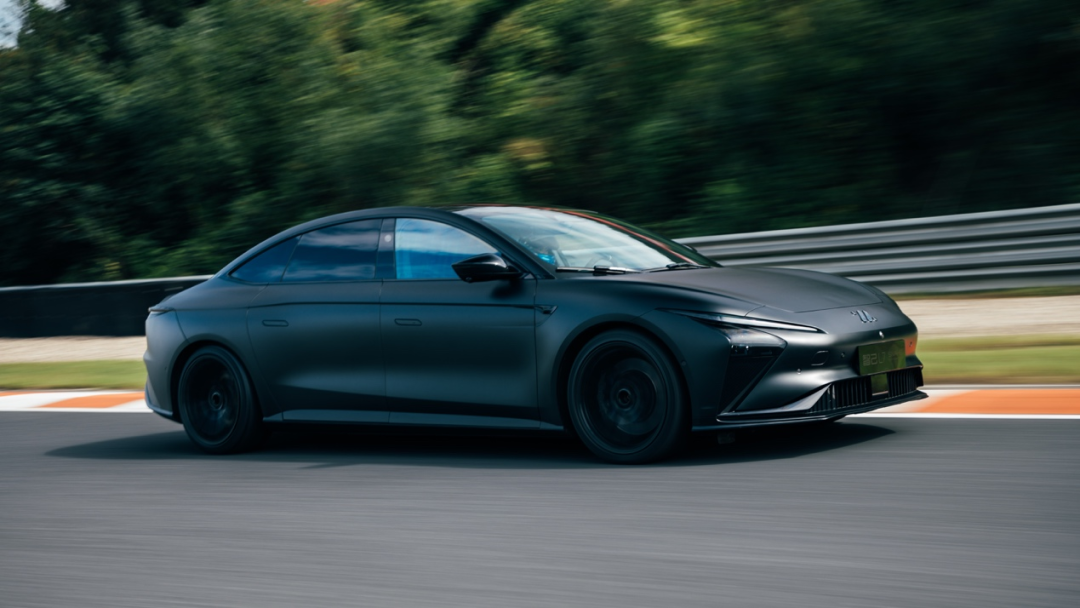
The emphasis on performance actually stems from the technical characteristics of electric vehicles. Motors with faster power outputs and no power loss due to shifting gears can almost enable all electric vehicles to achieve the power indicators and performance that fuel vehicles have been striving for over a century.
However, an important market logic is that when almost all manufacturers start to flock to this field, market share begins to be redistributed. In order to win their own share, various manufacturers also began to find their own technical routes and product styles.
Currently, the more mainstream technical routes and product styles can be roughly divided into three categories: intelligent direction (autonomous driving, human-computer interaction), comfort entertainment direction (the smooth and comfortable ride that Japanese cars insist on, and the luxury and fashion that NIO and Ideanext insist on), and pure energy replacement direction (more traditional auto manufacturers willing to only replace energy forms and retain most of the original factory styles).
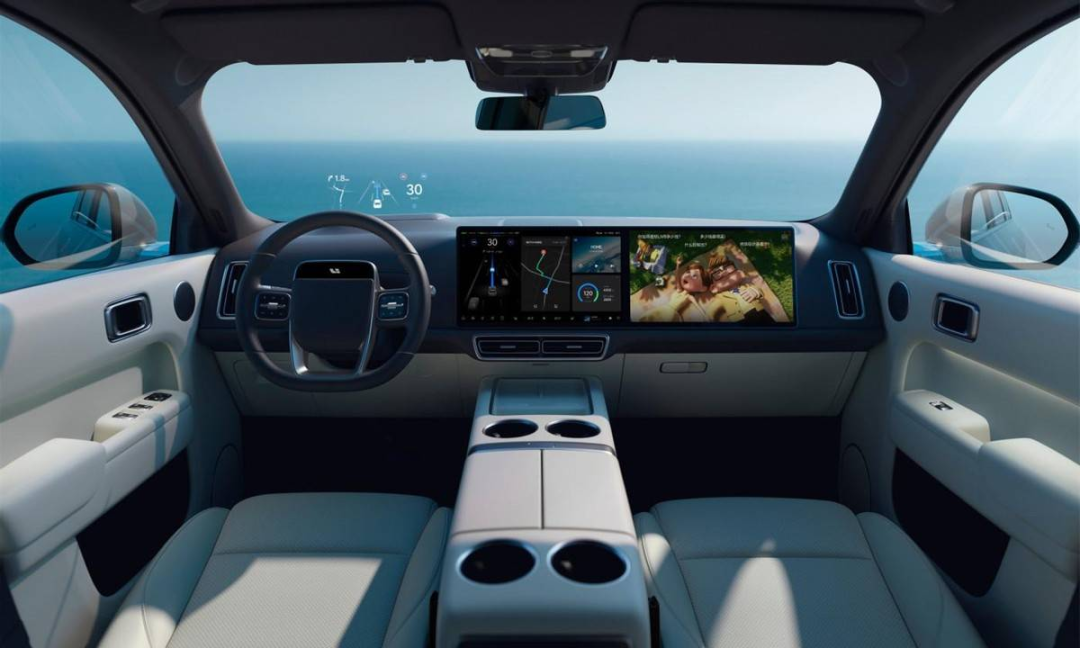
In these routes, the product characteristics intersect, such as the preference for large screens, the willingness to interact, and the provision of better intelligent driving assistance. But overall, their respective routes have gradually become clearer. As for the persistence of performance, it seems that it has not reached a more enthusiastic state (you need to know that in the era of internal combustion engines, almost every manufacturer would try to produce performance cars to demonstrate their own system and technical strength).Here, it should be clarified that performance and handling are not entirely equivalent concepts. For electric vehicles, performance can be a straightforward indicator that can be easily achieved. However, handling requires more resources and more careful research and development.
For example, the IM Motorsport & WAE joint track tuning is the reason behind the SmartEye L7 SP Performance Edition. These two teams have collaborated to fuse top-level hardware for professional track tuning and adjust it for different tracks by conducting extensive optimization calibrations. By relying on higher vehicle limits to give drivers more confidence, the vehicle’s lap times have increased significantly.
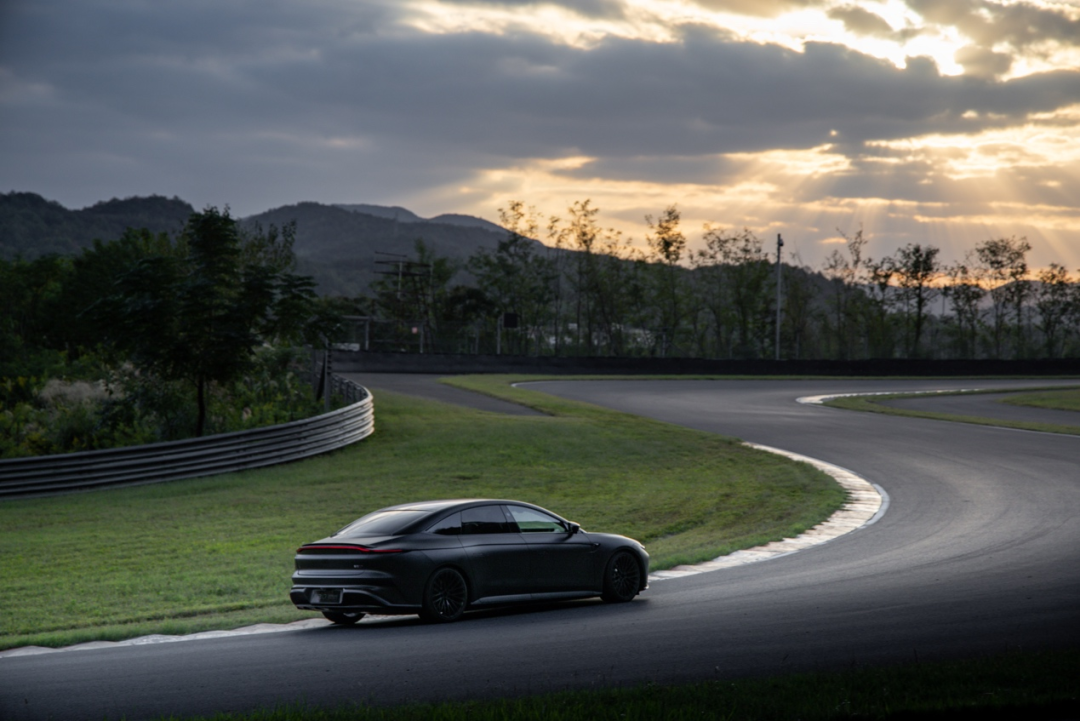
This has made the field an untapped blue ocean market for electric vehicles as no one has tried a performance tuning mode at this scale yet.
Currently, Porsche is the brand that is particularly prominent in simultaneously focusing on performance and handling while making great efforts to achieve it. SmartEye L7, which has chosen this path, is also a product that mainly focuses on performance and handling.
This is clearly a risky approach. After all, Porsche already has a rich product line and stable sales in the fossil fuel car market, which support the development of the performance and handling aspects of electric vehicles. As a new brand, SmartEye is still in the early stages of exploring its brand, and choosing to manufacture products with better handling performance indicators is actually risky in the era of electric vehicles.
However, the benefit is that there are basically no other products in the same price range (RMB 478,800 – RMB 578,800) that can compete with it in terms of handling performance. In other words, for those who have the budget, demand a certain level of driving, and want to embrace the electric vehicle era, the SmartEye L7 SP Performance Edition is the only reliable choice.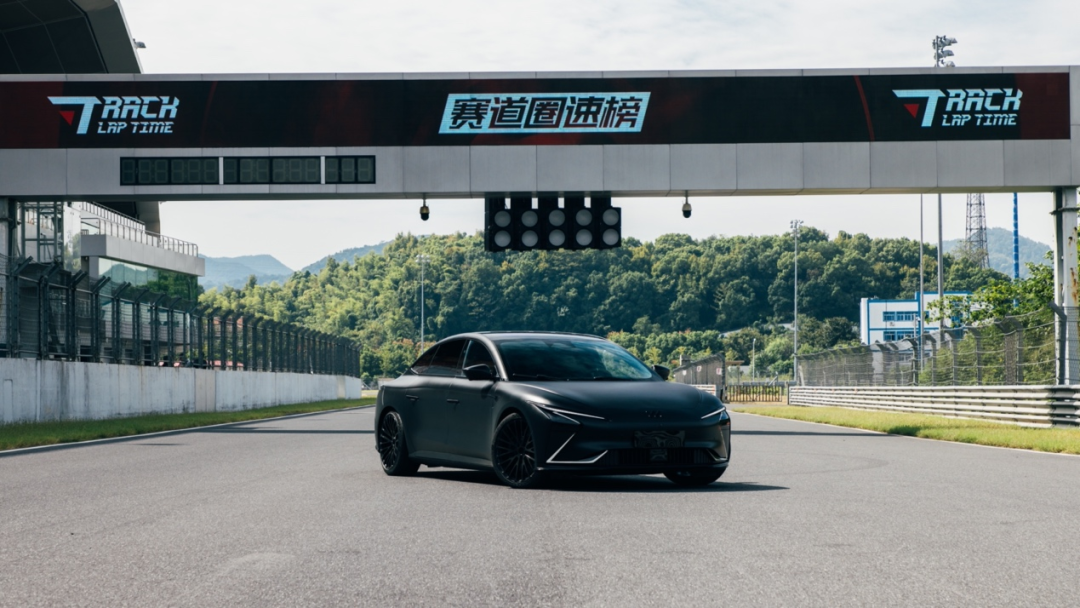
Without a doubt, carmakers have started to pursue driving performance as a selling point. For instance, BMW recently launched the i3, an electric car based on the 3 Series, with driving performance as its focus.
Undoubtedly, BMW, well known for its driving experience, has the capability to produce a car that delivers enough driving pleasure. However, compared to the i3, which is priced in a different range, the i7 is not in the same category as the smart L7 in terms of price and positioning.
As there will be more performance cars in the price range of 500,000 to 600,000 yuan in the future, smart will have a strategic opportunity to establish and strengthen its positioning in terms of driving performance, thereby winning a better market share and brand image.
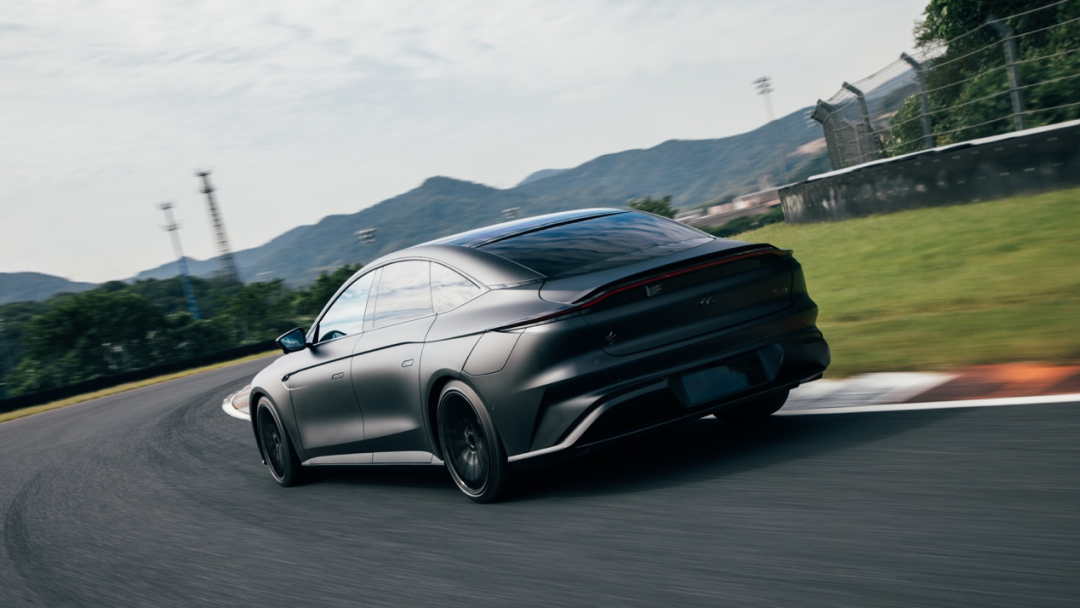
This is the significance of the smart L7 SP performance version for smart. It is also an important goal for the smart L7 to fulfill its official position as the “flagship of the new world of driving”.
This article is a translation by ChatGPT of a Chinese report from 42HOW. If you have any questions about it, please email bd@42how.com.
